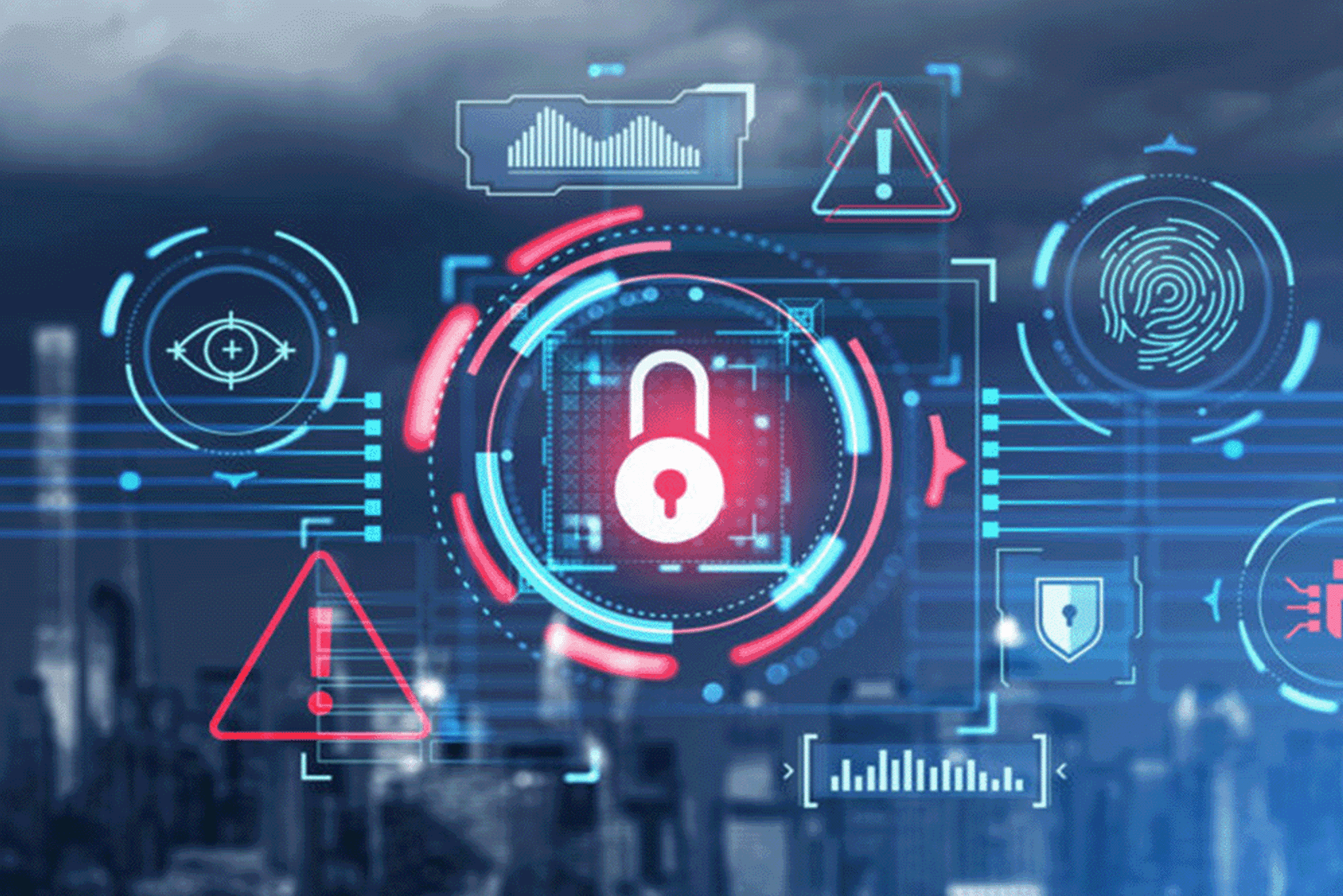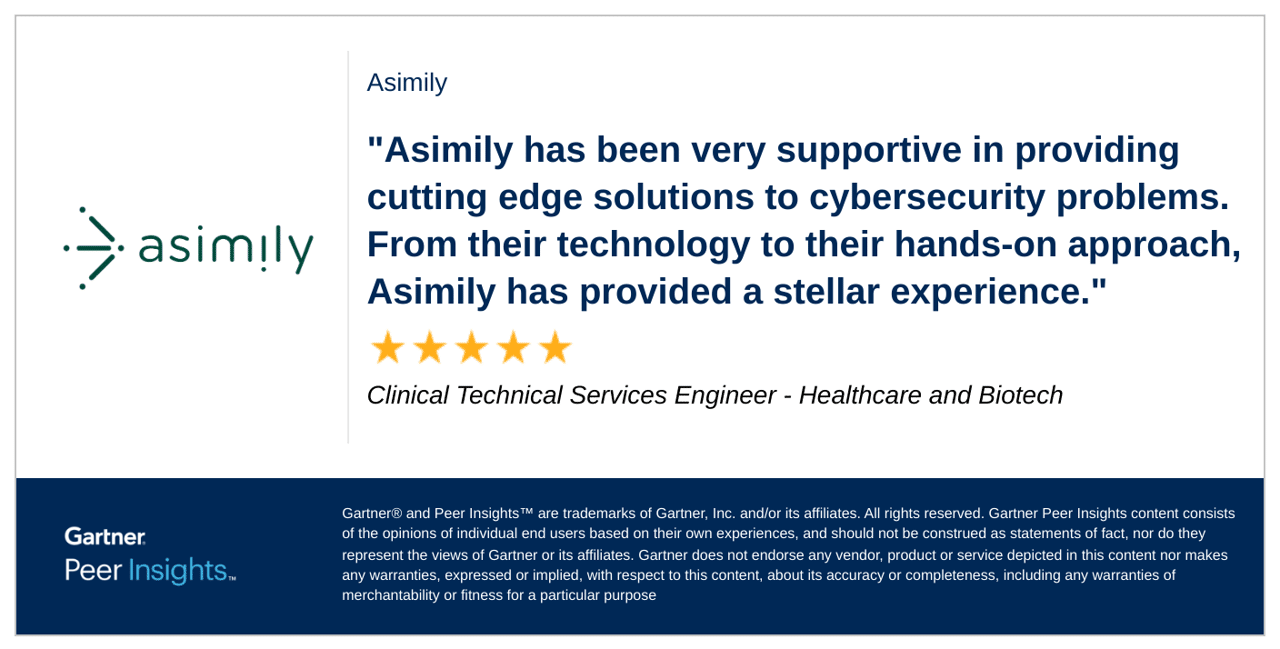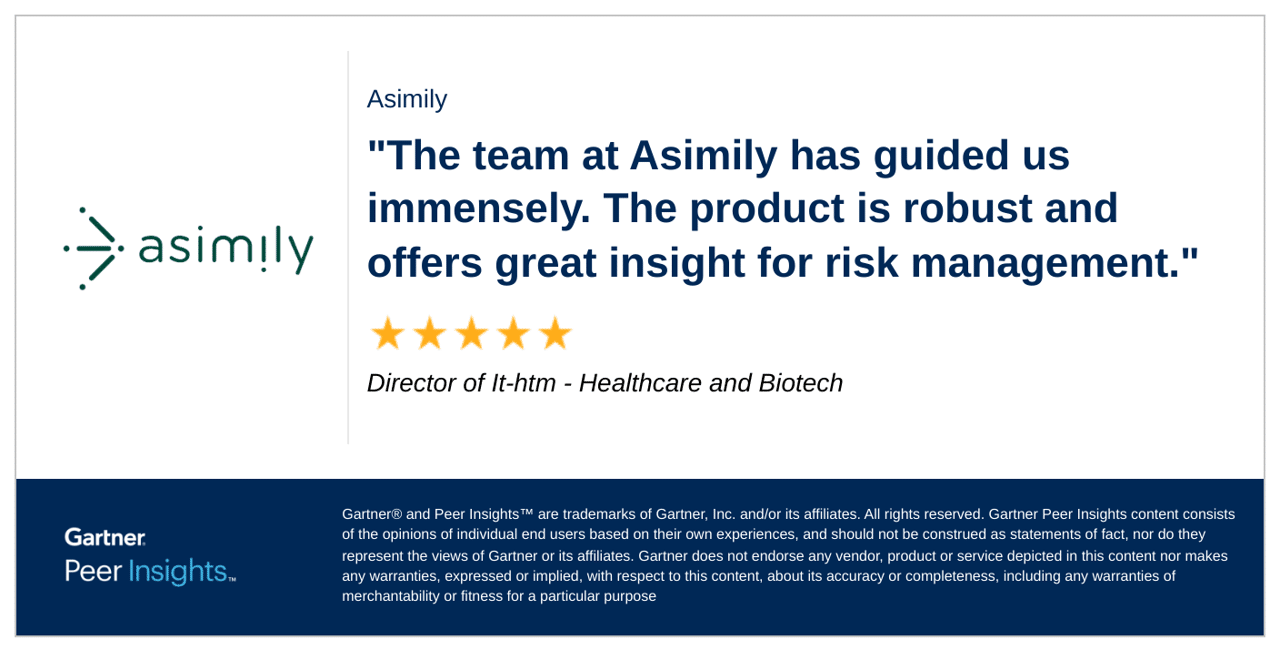COMPLIANCE
NERC CIP Compliance
The North American Electric Reliability Corporation (NERC) Critical Infrastructure Protection (CIP) standards encompass a set of mandatory cybersecurity requirements meticulously designed to fortify the North American power grid against cyber threats. These standards are the cornerstone on which the dependability and security of our energy infrastructure are established.
Get a Demo
Ensure NERC CIP Compliance
What are the NERC CIP Standards?
NERC CIP has issued 13 key documents (as of 2024), covering aspects of security including electronic perimeters, protection of vital cyber-assets, security management, personnel training, and disaster recovery planning.
Physical Security of Cyber Assets
This standard requires implementing physical security measures to protect critical cyber assets from unauthorized access. It covers physical security controls such as access control, surveillance, and intrusion detection.
Incident Response
This standard outlines requirements for developing and implementing an incident response plan. It defines the process for identifying, responding to, and mitigating the impact of cybersecurity incidents.
Disaster Recovery
Recovery planning and continuity of operations. It requires your organization to establish plans and procedures to ensure the timely recovery of critical cyber assets in the event of a disruption.
IoT Device Security in 2024:
The High Cost of Doing Nothing
Protecting the growing IoT architecture
in a complicated security environment
Safe, Comprehensive, Categorized
How Asimily Supports NERC CIP Compliance
The convergence of IT, IoT and OT environments has increased the complexity and vulnerability of previously isolated OT/ICS networks and newly designed cyber-physical systems (CPSs), introducing the need for a holistic, automated approach to IoT device discovery and risk assessment that helps avoid downtime. Asimily adopts a risk-oriented approach to vulnerability management, empowering customers with the ability to determine how likely it is for a threat actor to exploit a given vulnerability. This informs risk-based prioritization and streamlines resolving business-critical weaknesses in your IoT devices. Asimily’s platform, which can be deployed on-premises, covers the breadth of NERC CIP’s cybersecurity requirements, including inventory, vulnerability handling, incidence response and disaster recovery planning.
IDENTIFY & CLASSIFY EVERY DEVICE
Asimily identifies and classifies every connected device on your network down to the specific model, operating system, and software version. Filter the hundred of thousands of CVEs associated with your inventory down to just the ones that are actually exploitable on your network.
Incident Response
Asimily integrates with common network access control (NAC) and firewall solutions. Administrators can quarantine devices, preventing them from communicating with other machines on the network, without interrupting their investigation. During an attack, time is of the essence and responding quickly can prevent an incursion from spreading laterally and causing serious damage.
Disaster Recovery
NERC CIP standards requires your organization to establish plans and procedures to ensure the timely recovery of critical cyber assets in the event of a disruption.
How to Drive IoT Security Resilience
IoT-specific malware grew 37% year over year in the first half of 2023. The problem is that IoT devices are typically designed with a narrow set of functions, without the excess computation or storage capacity that allows flexible cybersecurity defenses to be present and updated. Learn how to build IoT security resilience and reduce the risk of a cyberattack.
Learn How
Continuous Vulnerability Detection
Accurately discovering and patching vulnerabilities is one of the biggest issues with securing Internet of Things (IoT) devices. Finding these weaknesses in the device firmware or in the communication protocols and mitigating them quickly can mean the difference between a secure network and one that’s open to cyberattackers. This work is unfortunately complicated by the number of IoT devices. With continuous vulnerability detection, organizations gain a more accurate picture of what possible weaknesses there are in their IoT devices on a more consistent basis.
See How






